Last Updated on November 29, 2022 by Nahush Gowda
Intel i5 processors and AMD Ryzen 5 have always battled out for the value processor and AMD held that crown for a long time with the likes of 3600 and 5600X. 12600K and 12400K gave tough competition to these processors and the 13600K has finally surpassed AMD in the value segment.
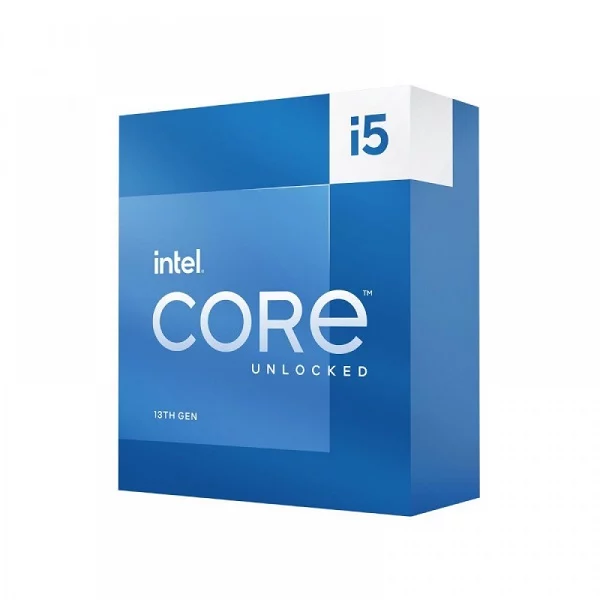
The latest Ryzen 5 7600X is the core competitor for 13600K with it being slightly costlier than 7600X but that still doesn’t tip the favour towards the Ryzen processor.
Intel i5-13600K quick summary
The specifications of the Intel i5-13600K is listed below:
| Cores, Threads | 6P cores, 8 E cores 20 threads |
| Performance core clocks | 5.4 GHz 3.4 GHz |
| Efficient core clocks | 4.2 GHz 2.5 GHz |
| Cache | 30 MB Intel® Smart Cache |
| Processor Base Power | 125W 253W (Boost) |
| Overclocking | Yes |
| Max Memory Speed | Up to DDR5 5600 MT/s Up to DDR4 3200 MT/s |
| Integrated graphics | Yes |
The generational improvement over 12600K is impressive although there is no reason to upgrade to this generation if you are on the 12th gen already. While people were worried about the increased power draw in processors, like in 13900K, there is no need to worry about that here.
Even though it draws more power than the 12600K, it is still reasonable and performance justifies it. Although pushing more power into the processor and graphic card has become a trend to “brutely” push performance, it is not a good trend.
The 13th gen will be the last generation on this platform with hybrid support for DDR4 and DDR5. 13600K is launching besides the new Z790 motherboards.
Check: How to choose the best motherboard for your PC build
We will divide the performance metrics into these categories
- Core-heavy productivity performance (Multi-core performance)
- Single-threaded performance (Lightly-threaded tasks)
- Gaming performance
- Power load and efficiency
Core-heavy productivity performance of 13600K
Multi-core performance on the 13600K has improved by about 38% compared to the 12600K putting it at the top of the charts despite being an i5 processor. It is even faster than the Ryzen 5 7600X in all the productivity workloads from Cinebench to Blender.
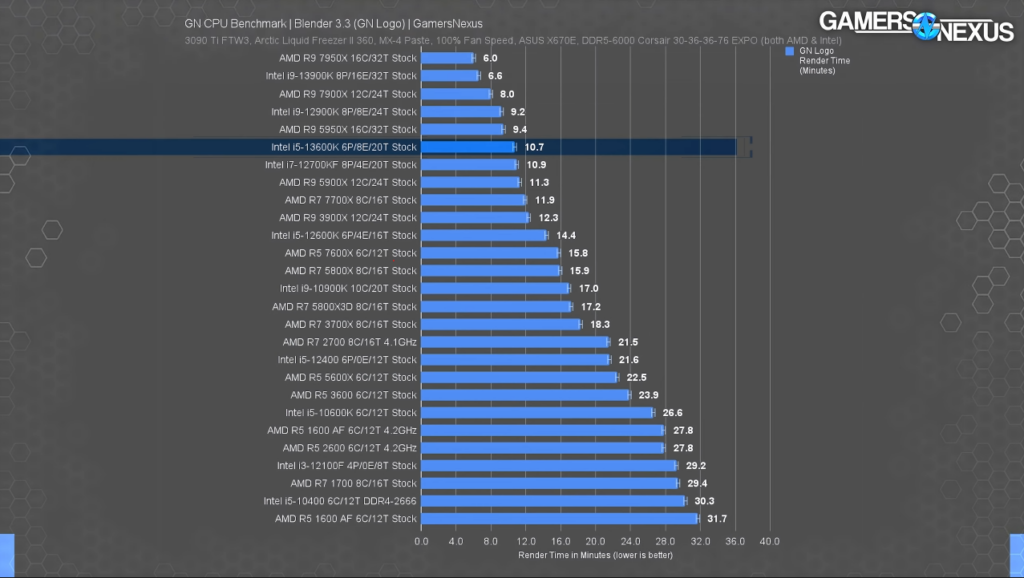
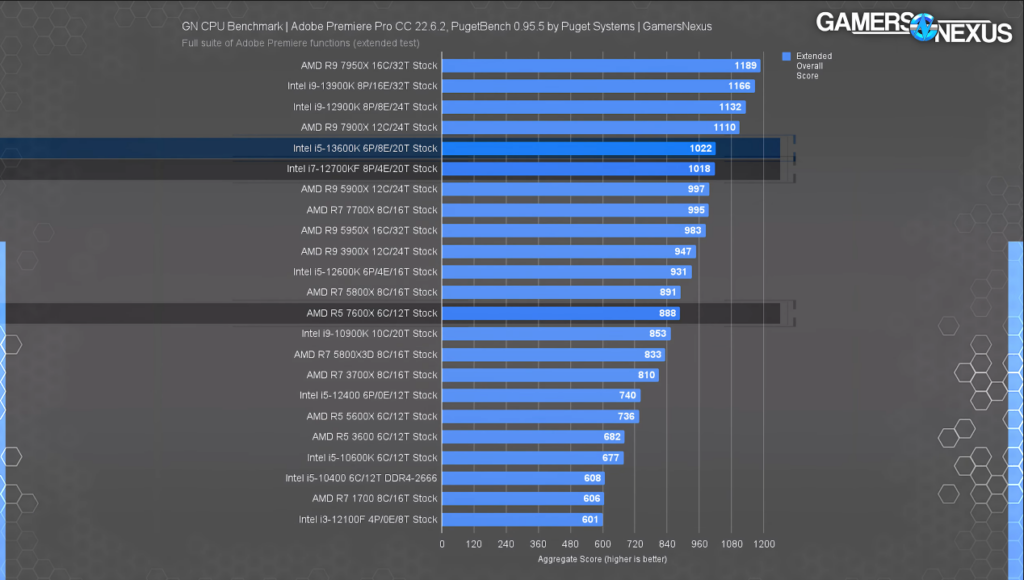
In Blender, the 13600K is 47% faster than the 7600X and 34% faster than the 12600K. It is not surprising since AMD has put the 7600X as a gaming processor more than the productivity processors.
Core-heavy Adobe tasks like Premier Pro, 13600K are faster than 7600X by 15% and 9% faster than the 12600K.
Overall, the 13600K has improved multi-core performance which puts it right at the top of the charts.
Lightly-threaded tasks (Single-core performance) for 13600K
Single thread performance has also improved quite a lot compared to its previous generation 12600K and is also faster than 7600X. Although it might vary depending on the nature of the task.
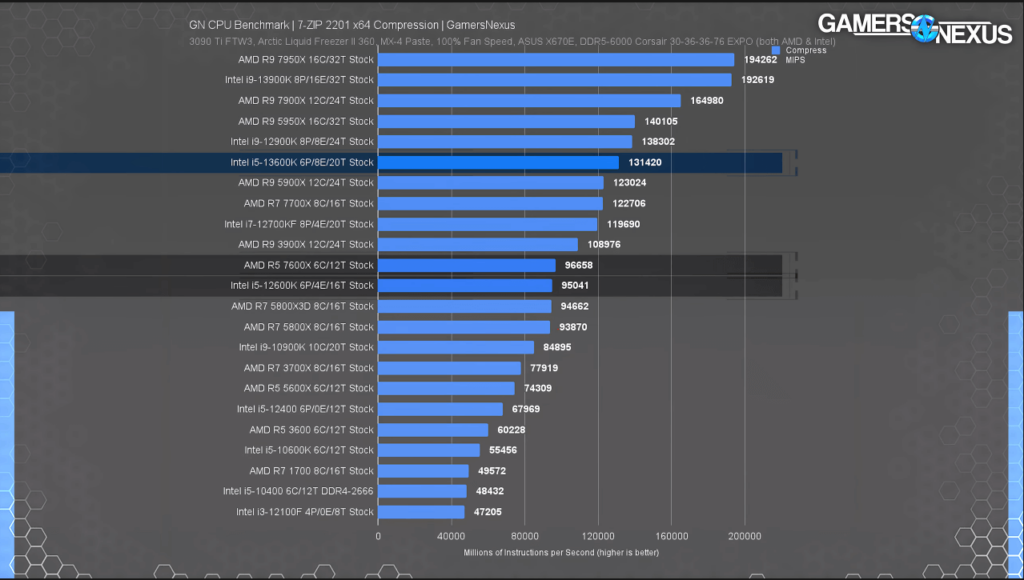
In the 7 Zip compression test, 13600K performed the same as 7600X and was 16% faster than the 12600K.
While 7600X dominated in single-threaded performance against the 12600K, 13600K has surpassed the 7600X taking back the crown even in single-threaded performance.
Gaming performance
Just like the performance in productivity, 13600K has made improvements in gaming performance as well. Like always, who sits on top of the other might depend on the specific games.
In CS:GO, the 7600X manages to be faster than the 13600K by a margin of 7% and 16% faster than the 12600K.
While in games like Far Cry 6, the 13600K manages to be faster than the 7600X by 12% and faster than the 12600K by 20%.
Here are the benchmarks for some other games.
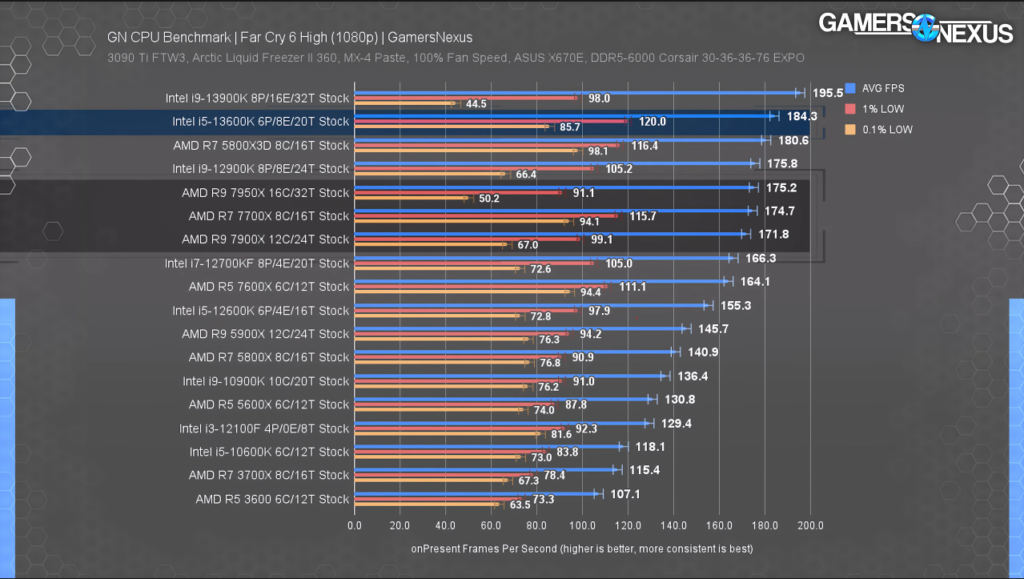
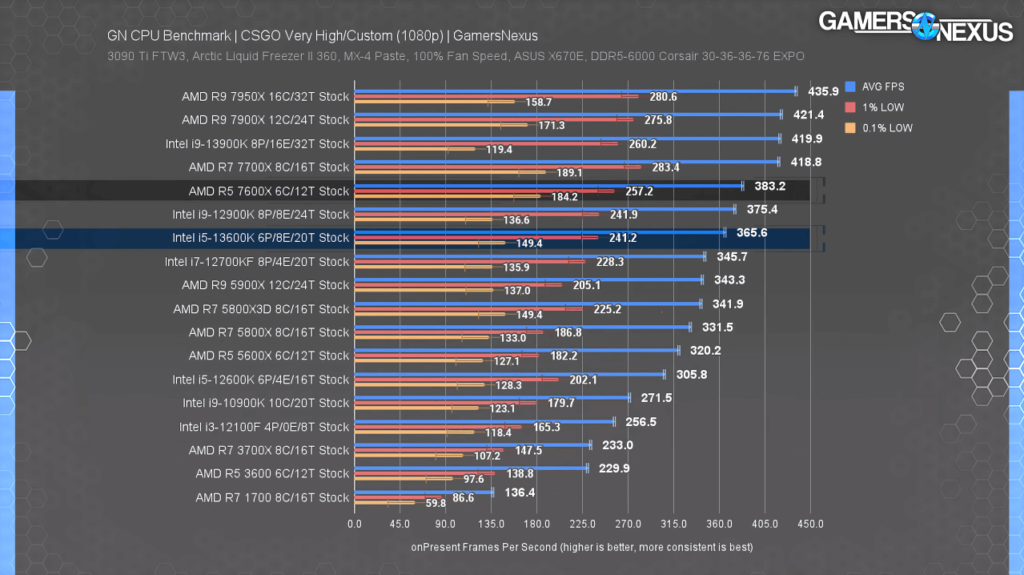
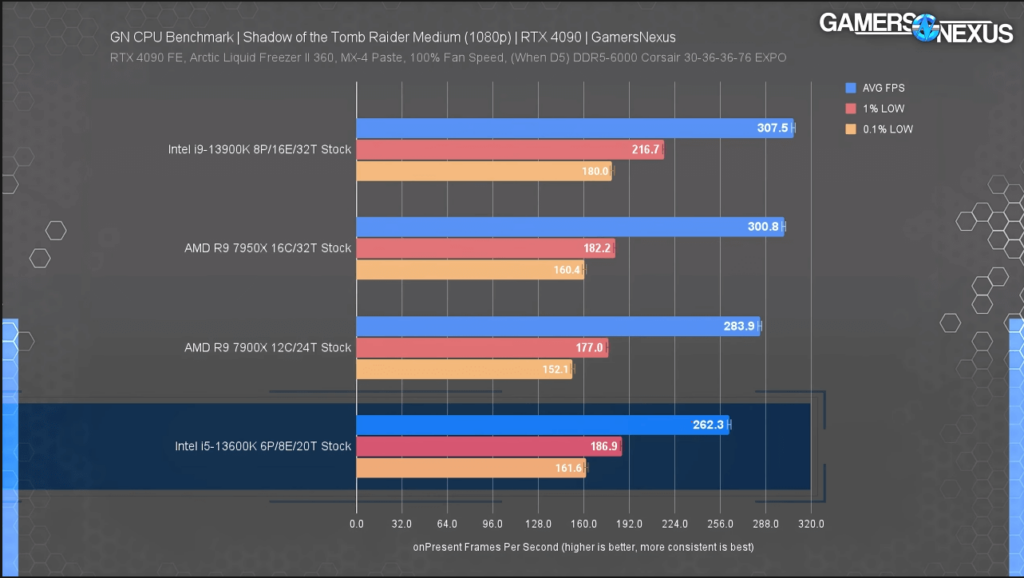
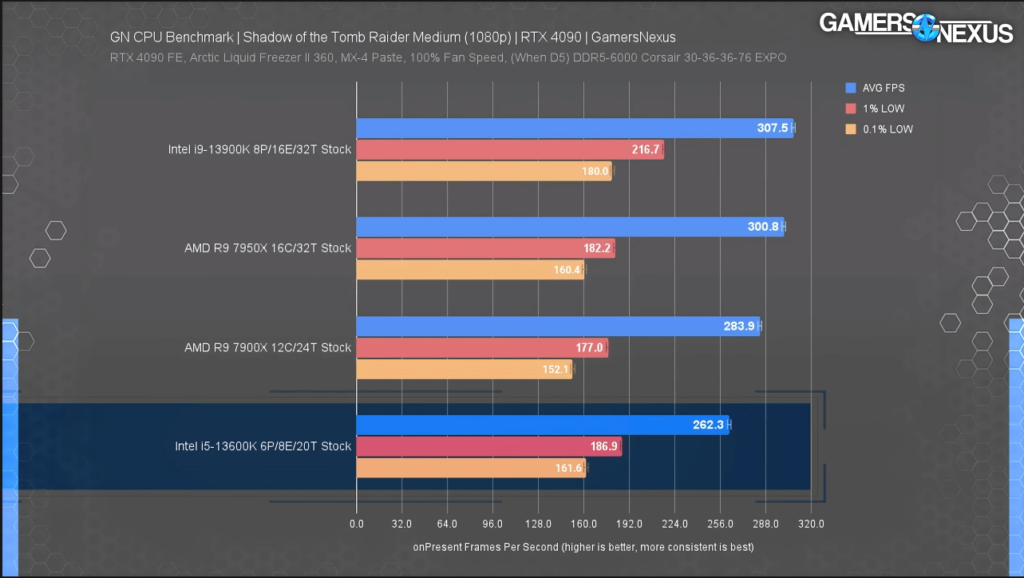
Gaming performance has seen a good generational improvement and also manage to beat 7600X in many titles. In the real world. if you do not have a top-end GPU like RTX 4090 or 3090Ti, you will not even notice the difference between these processors when in comes to gaming.
Power efficiency and draw in 13600K
13th gen processors draw some serious wattage and it shows even in the lower-end i5-13600K. While it is not as crazy as the 13900K, it still draws a lot more power compared to the 12600K.
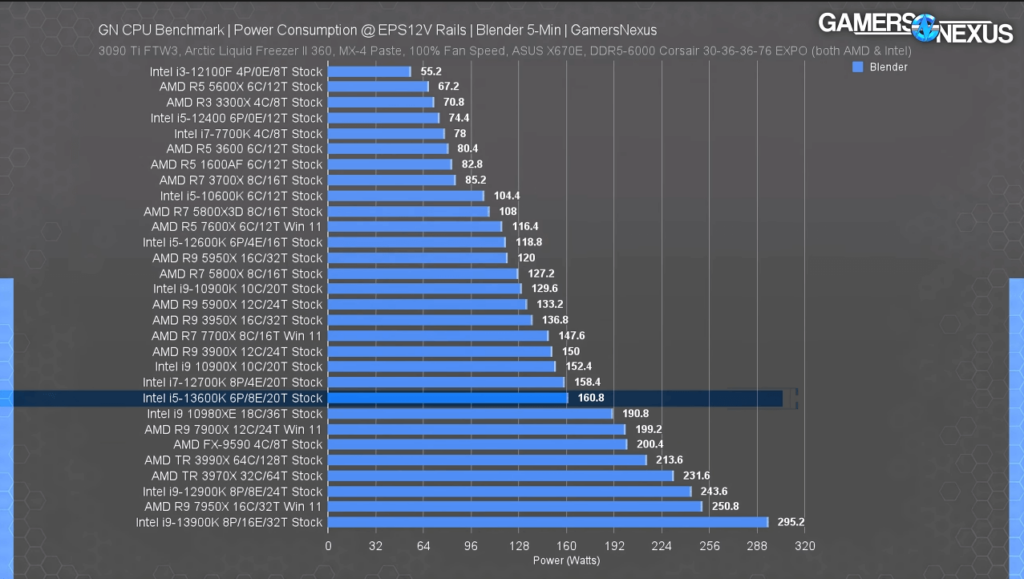
In Blender, limiting the power to the processor only, the 13600K draws 160W while the 12600K draws 118W which is 35% more. Compared to the 7600X which has also increased its power draw compared to its last generation, the 13600K pulls about 37% more power. It even draws more power compared to the 7700X.
In single-core power draw, 7600X and 13600K draw about the same power of 30W and slightly less than the 12600K.
If we talk about power efficiency, the 13600K is much better than the higher-end i9- 13900K and manages to be even more efficient than the 7600X.
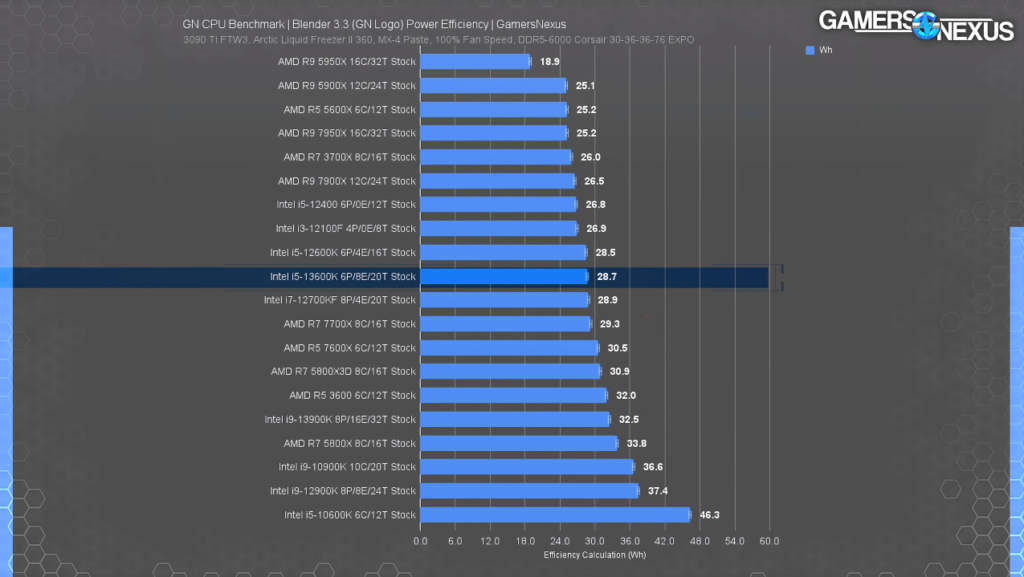
i5-13600K vs 7600X: Which is better value for money?
Both are priced the same although there are rumours that AMD will be dropping its price on 7000 series processors. Even now, the 7600X is priced slightly lower than the 13600K but the overall platform cost for the 7600X is much higher.
Let’s just say you are on Ryzen 5 2600 and you want to upgrade to a good value processor and the final choice is between 13600K and 7600X.
| ₹28,000 + ₹21,200 + ₹16,200 | 7600X with DDR5 and mid-range board | ₹65,000+ |
| ₹32,500 + 15,700 + ₹16,200 | 13600K with DDR5 and mid-range board | ₹65,000+ |
| ₹28,000 + ₹20,500 + ₹13,000 | Minimum cost with 7600X (DDR5) | ₹61,500 |
| ₹33,500 + ₹10,000 + ₹6,000 | Minimum cost with 13600K (DDR4) | ₹49,500 |
In the Indian market, if you plan to upgrade to 7600X, the cost for a mid-range build would be the same as the 13600K but it should be noted that the motherboard cost of B650 is significantly higher.
Also, the price of 13600K can come down significantly matching 7600X. If the price is the same, the performance of the 13600K is slightly better, especially in productivity which would make the 13600K a better value upgrade.
You could even bring down the cost of the 13600K with a cheaper motherboard and DDR4 memory which 7600X doesn’t support. You will essentially get the same performance for a much lower price. This again makes the 13600K much better value from the price perspective.
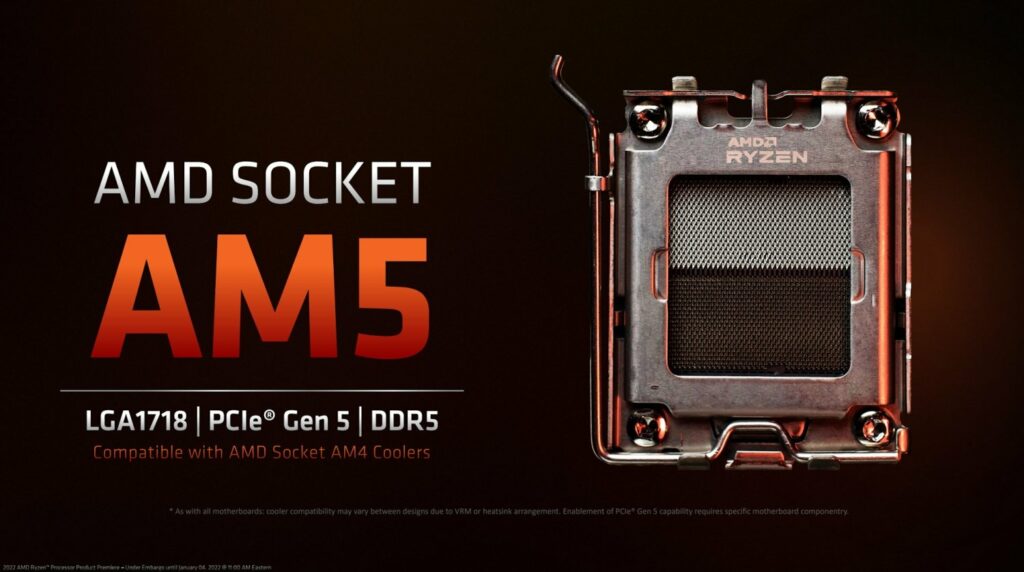
But, there is one point where Intel loses to AMD. The platform longevity. AMD, if it follows its earlier model, could keep the AM5 platform alive for much longer. AMD has promised support through 2025 and ahead so jumping onto AMD would provide you with a longer lifespan if you need to upgrade in the future on the same motherboard.
For Intel, the 13th gen is the last upgrade you would get on this same platform which would make AMD a better choice for an average buyer who has a much longer cycle of upgrades.
Conclusion
Intel i5-13600K has made great improvement in performance generationally and compared to the Ryzen 5 7600X. While the difference might not reflect a lot in real-life applications, the winner is decided based on the better value for money which again won by 13600K.
AMD was known for its Ryzen 5, value class processor but that position has been occupied by the Intel i5. 13600K is a great processor and it would serve for a long period if you are into gaming and occasional productivity on the side, which most mainstream buyers want.
Jumping from an old generation like the 10600K or Ryzen 5 2600 would be a massive improvement in gaming and production workloads.
Overall, 13600K is a big hit!
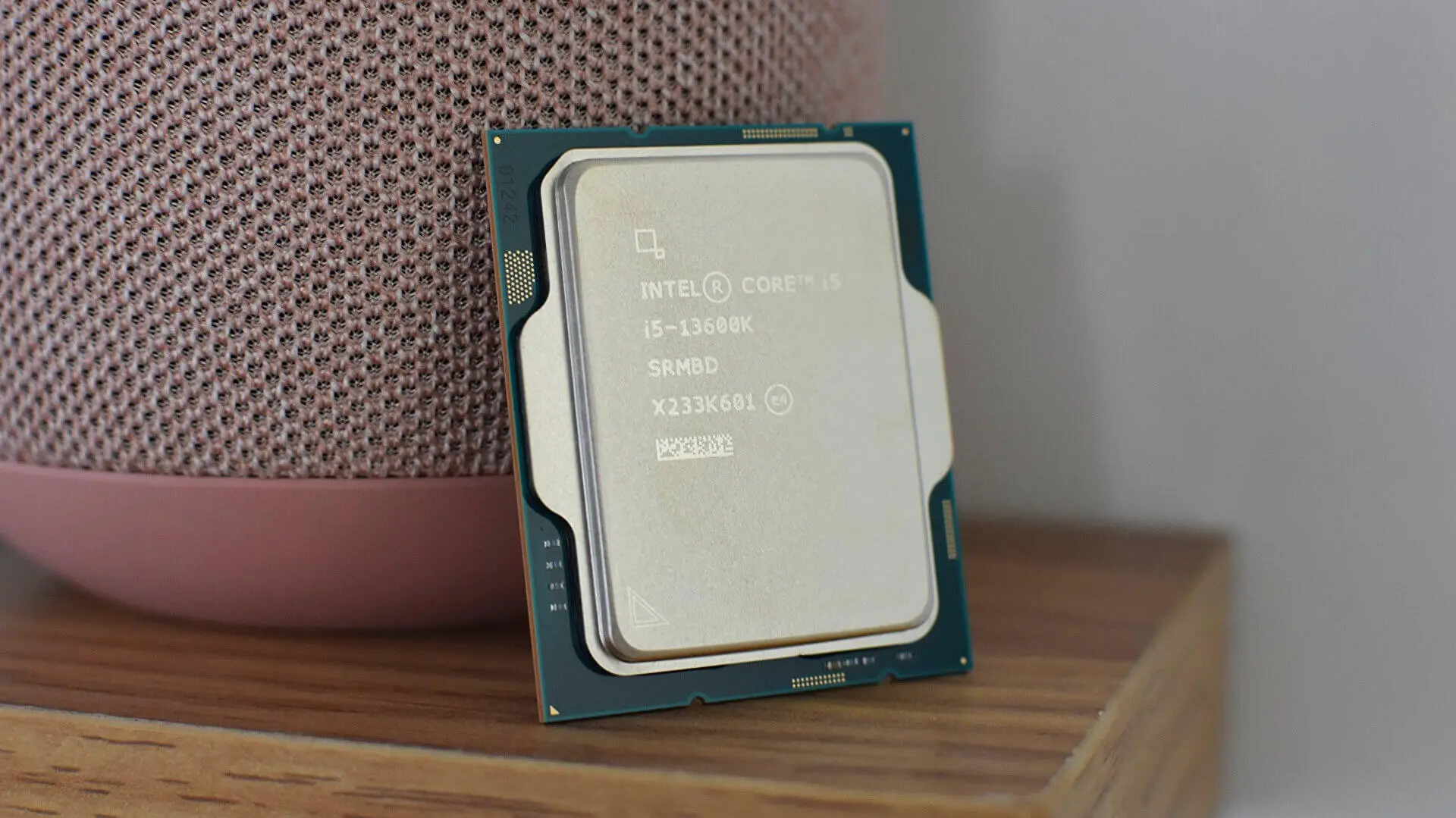
Leave a Reply
You must be logged in to post a comment.